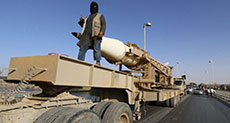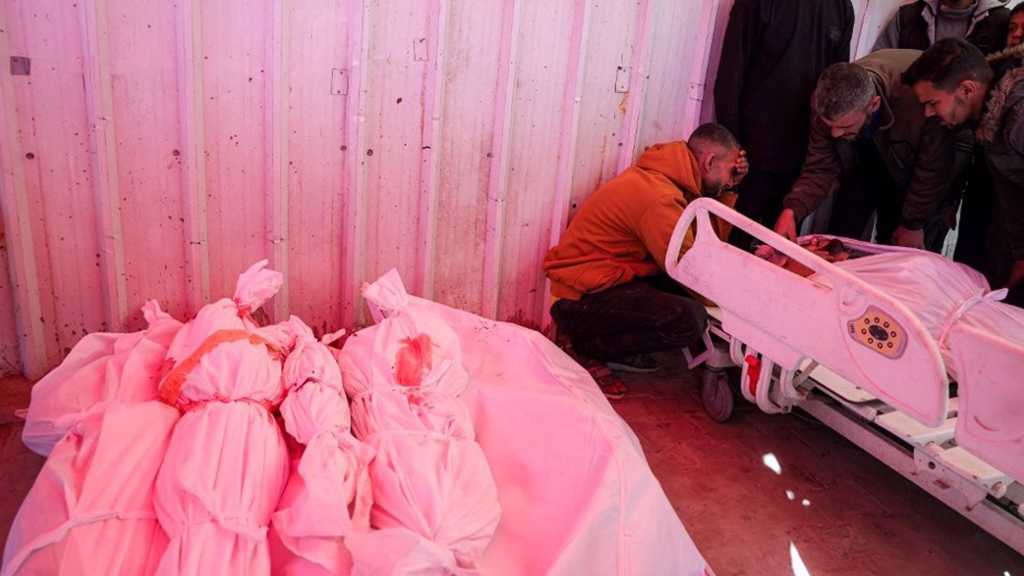Australia Warns of ’ISIL’ Use to Chemical Weapons

Local Editor
Australia's foreign minister, Julie Bishop, has voiced concerns over the possibility of the "ISIL" group to build chemical weapons. There have been several reports of "ISIL" using toxic chlorine gas in homemade bombs in Iraq and Syria.
 "The use of chlorine by Daesh [an Arabic term for ISIL], and its recruitment of highly technically trained professionals, including from the west, have revealed far more serious efforts in chemical weapons development," Bishop said late on Friday in Perth.
"The use of chlorine by Daesh [an Arabic term for ISIL], and its recruitment of highly technically trained professionals, including from the west, have revealed far more serious efforts in chemical weapons development," Bishop said late on Friday in Perth.
"Daesh is likely to have amongst its tens of thousands of recruits the technical expertise necessary to further refine precursor materials and build chemical weapons," she said.
Chlorine gas is a strong oxidizer, which may react with flammable materials. The toxic gas, which was first used as a weapon during WWI by Germany, is on the banned list of chemicals under the 1997 Chemical Weapons Convention.
Kurdish officials said its peshmerga fighters, busy reinforcing their positions on a highway between Mosul and the Syrian border, came under attack from an "ISIL" suicide bomber driving a truck filled with toxic chlorine gas late January. Authorities say their forces destroyed the truck with a rocket before it had a chance to detonate near soldiers.
The Organization for the Prohibition of Chemical Weapons (OPCW), the chemical weapons watchdog, conducted a fact-finding mission in neighboring Syria last year, where "ISIL" has been found. According to the OPCW probe, chlorine was used "systematically and repeatedly" in Syria in 2014.
The report stated that chlorine was used in attacks on the villages of Talmanes, Al Tamanah and Kafr Zeta, all located in northern Syria. OPCW said that "the descriptions, physical properties, behavior of the gas, and signs and symptoms resulting from exposure, as well as the response of patients to the treatment leads" lead it conclude with a high degree of confidence that "chlorine, either pure or in mixture, is the toxic chemical in question."
Source: News Agencies, Edited by website team
Comments
- Related News




